Community
From Pixels to Embeddings: How Video AI Represents Visual Data
Discover how video AI transforms raw footage into meaningful embeddings, enabling efficient scene search and action recognition. Explore the technology behind the magic.

Community
From Text to Speech: A Deep Dive into TTS Technologies
Explore the evolution of Text-to-Speech technology from mechanical devices to neural networks. Learn how TTS works, compare popular models, and implement it using Google Cloud Platform.

Community
Unlocking Pre-trained Models: A Developer’s Guide to Audio AI Tasks
Learn how to implement pre-trained models for audio AI applications. Explore speech recognition, audio classification, and TTS with practical code examples.
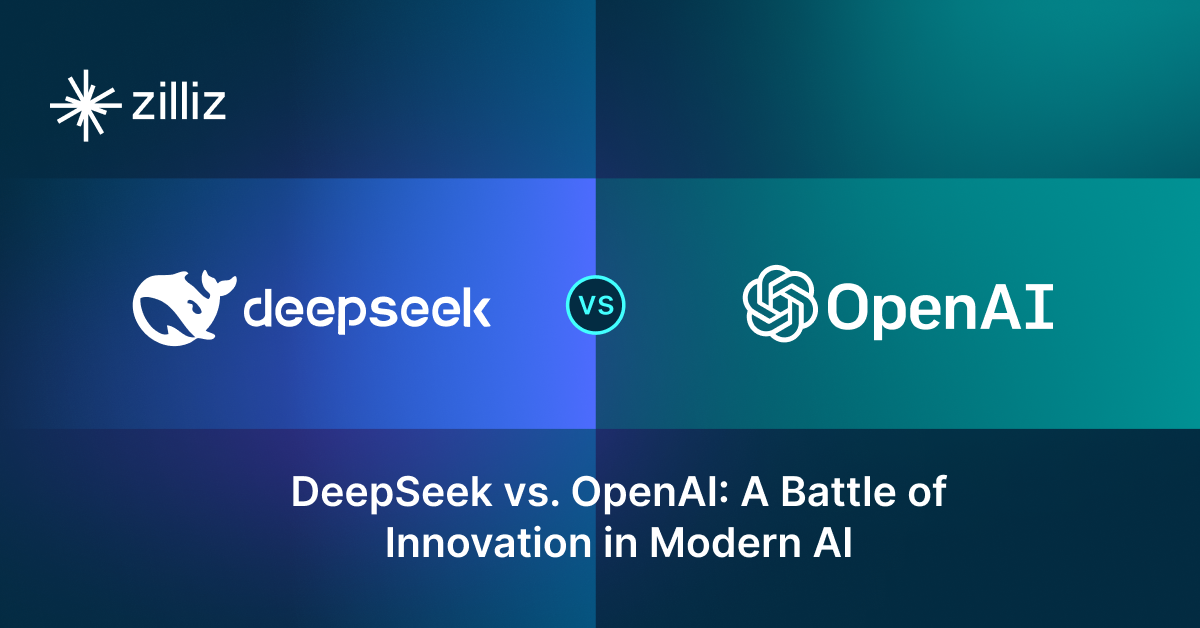
Community
DeepSeek vs. OpenAI: A Battle of Innovation in Modern AI
Compare OpenAI's o1 and o3-mini with DeepSeek R1's open-source alternative. Discover which AI model offers the best balance of reasoning capabilities and cost efficiency.
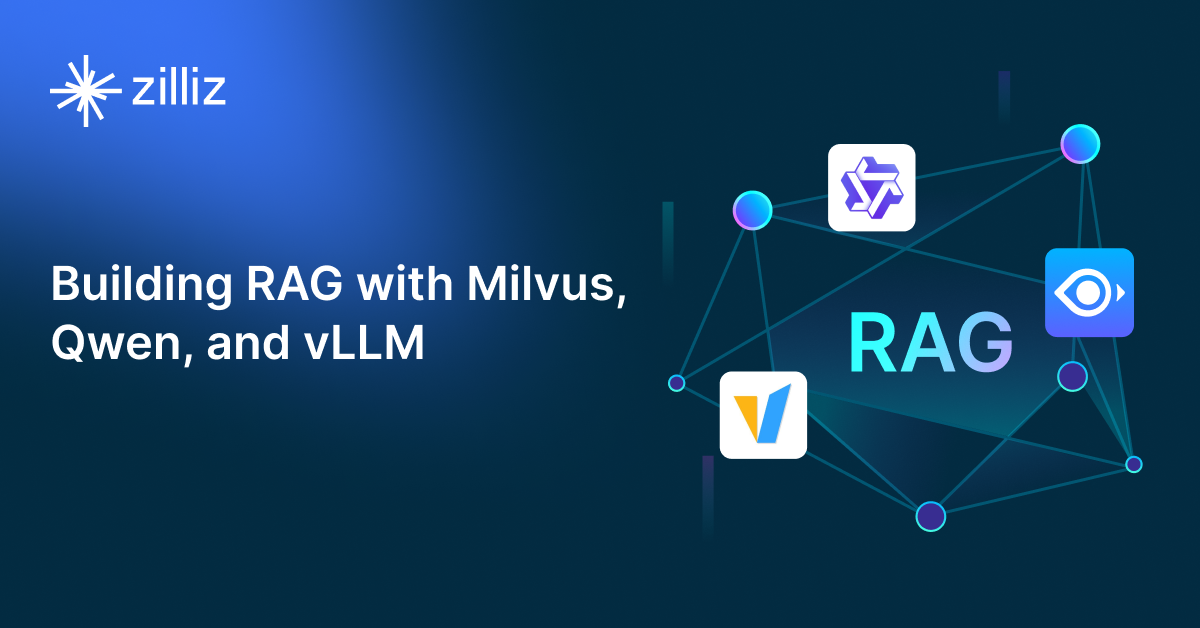
Community
Building RAG Applications with Milvus, Qwen, and vLLM
In this blog, we will explore Qwen and vLLM and how combining both with the Milvus vector database can be used to build a robust RAG system.
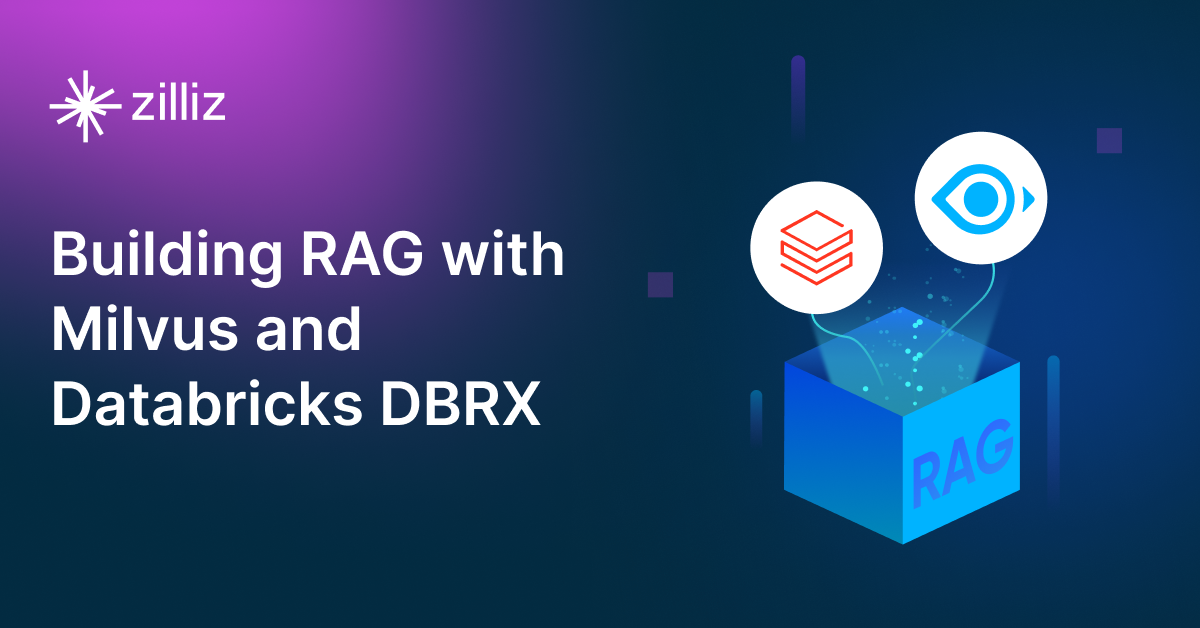
Community
Building a RAG Application with Milvus and Databricks DBRX
In this tutorial, we will explore how to build a robust RAG application by combining the capabilities of Milvus, a scalable vector database optimized for similarity search, and DBRX.
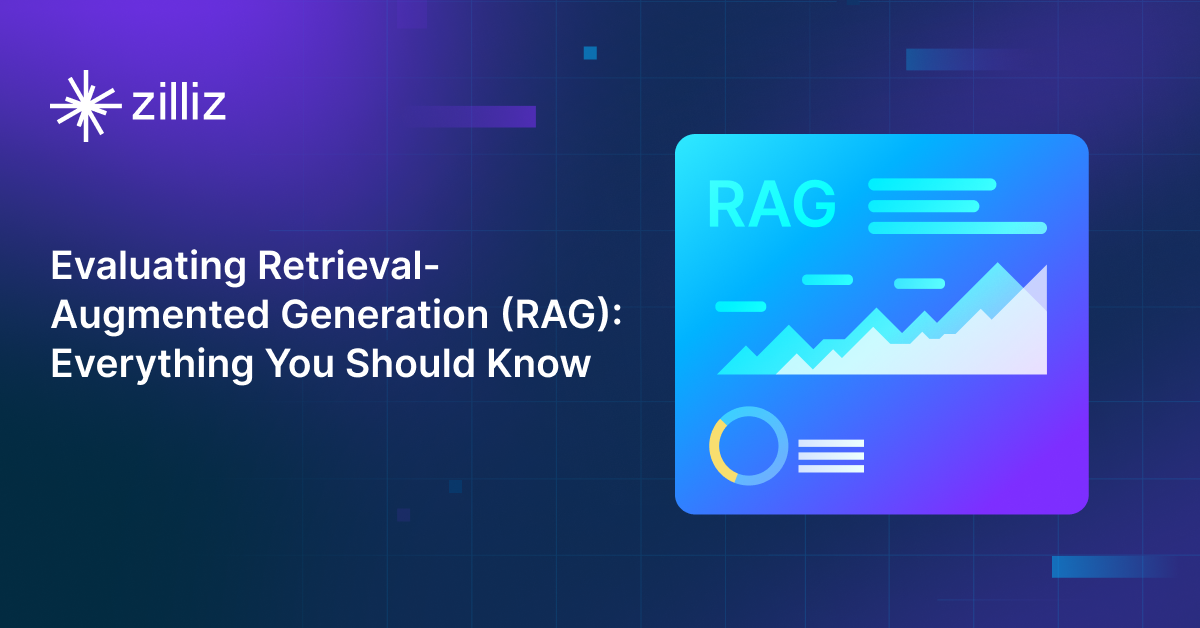
Community
Evaluating Retrieval-Augmented Generation (RAG): Everything You Should Know
An overview of various RAG pipeline architectures, retrieval and evaluation frameworks, and examples of biases and failures in LLMs.
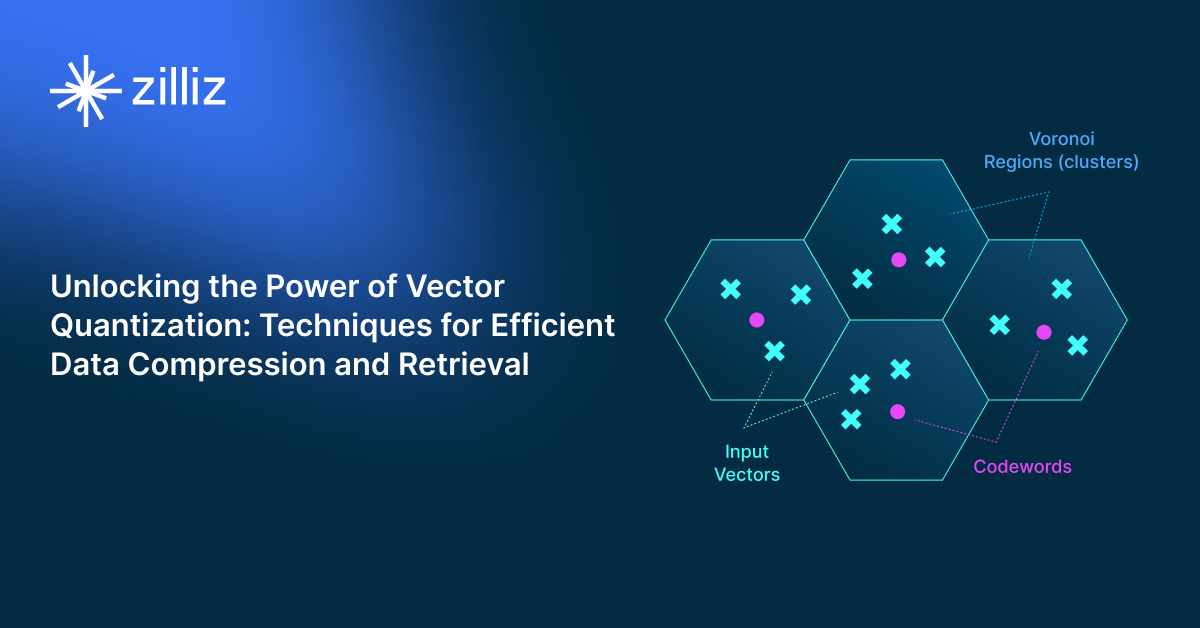
Community
Unlocking the Power of Vector Quantization: Techniques for Efficient Data Compression and Retrieval
Vector Quantization (VQ) is a data compression technique representing a large set of similar data points with a smaller set of representative vectors, known as centroids.
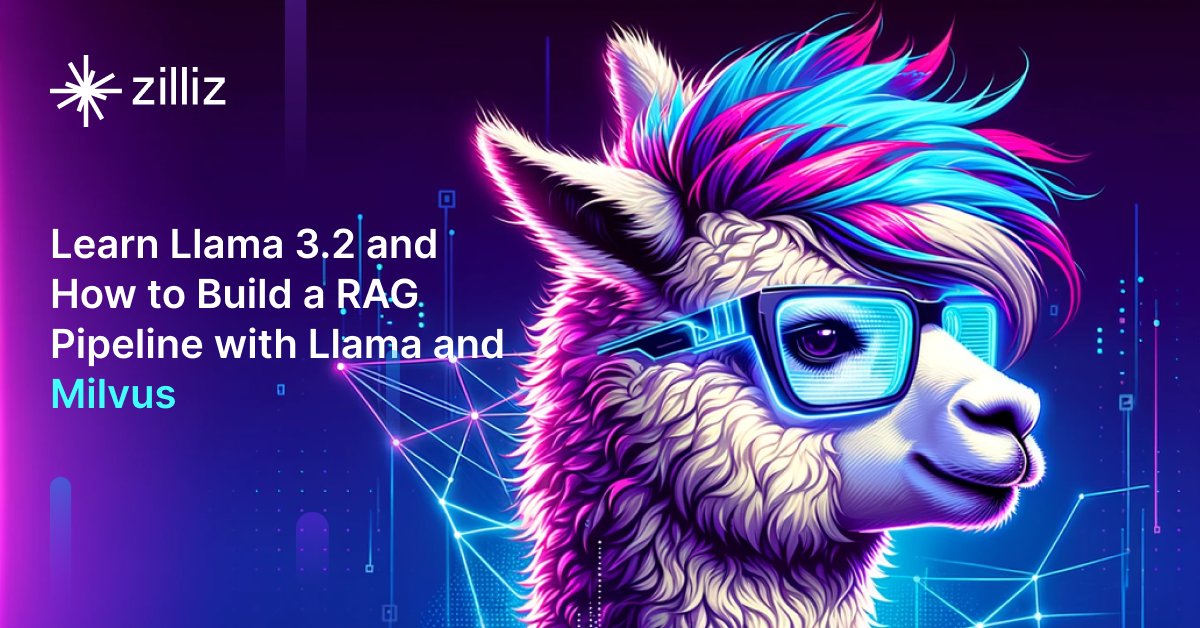
Community
Learn Llama 3.2 and How to Build a RAG Pipeline with Llama and Milvus
introduce Llama 3.1 and 3.2 and explore how to build a RAG app with Llama 3.2 and Milvus.